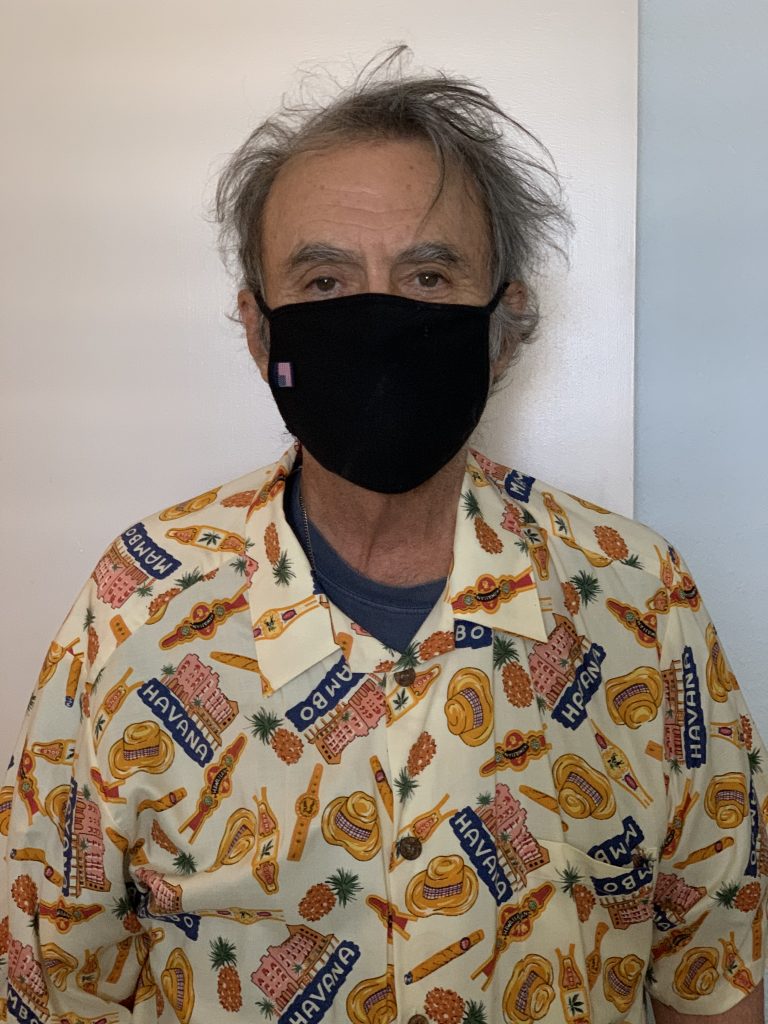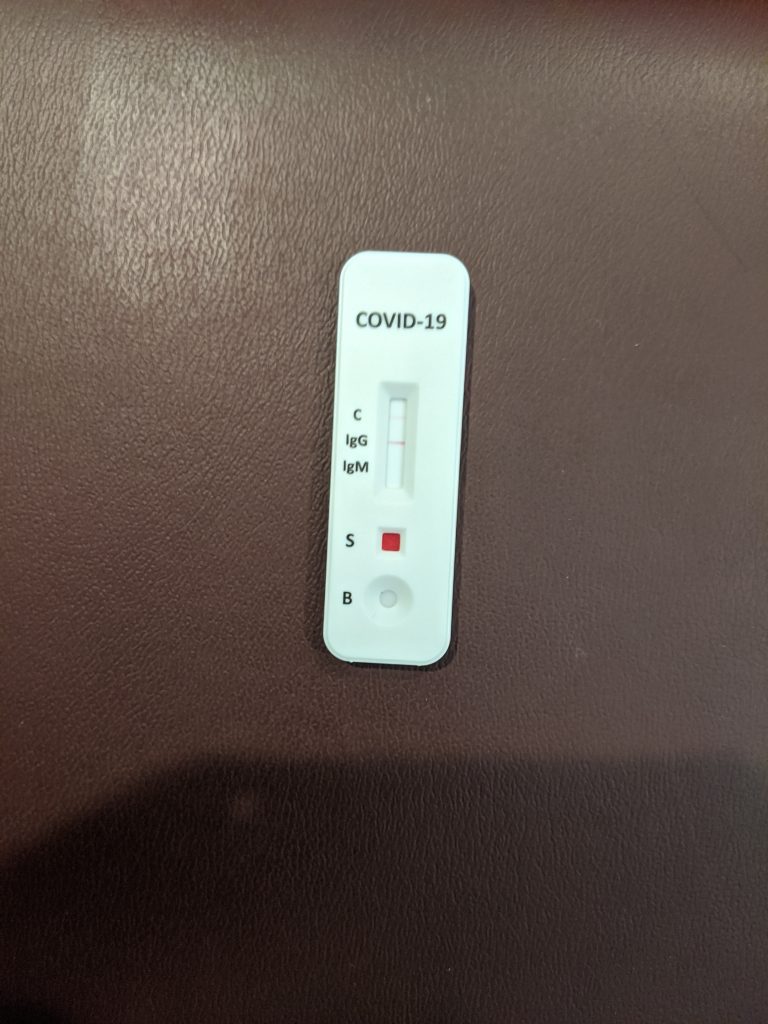The Empty Middle Seat Matters in Today’s Unhealthy Skies

By Robert McGarvey
New research from MIT statistics professor Arnold Barnett makes a powerful argument that flying with an empty middle seat just about halves the risk of contracting Covid-19 inflight.
Frequent flyers on American and United, neither of which commits to keeping middle seats empty, might want to send an FYI link to the study to the CEOs of those airlines.
Or maybe just fly Delta or Southwest, both of which are keeping middle seats empty, which is what my plan is. Ditto JetBlue. Yes, I have historically given most of my traffic to United (nee Continental) and next most to American but no more. Fly carriers that understand your health is a priority.
As for why American and United give us the proverbial finger, I have no idea. They are not exactly flying at full capacity these days. Delta, for instance, said in a July earnings call that “For the September quarter, we expect our seats available for sale, which accounts for 60% load factor cap, will be 20% to 25% of last year’s level, up from 10% in the June quarter.”
Other carriers are recording similarly anemic numbers.
Which makes it all the more puzzling that American, United, et. al. are saying they won’t commit to blocking middle seats even though they have to know that it is health concerns (fears) that are keeping us out of the Unhealthy Skies.
And an empty middle seat dramatically ups our chances of staying healthy on a flight, per Barnett.
Here are Professor Barnett’s findings:”Recent research results and data generate the approximation that, when all coach seats are full on a US jet aircraft, the risk of contracting Covid-19 from a nearby passenger is about 1 in 4,300 as of early July 2020. Under the ‘middle seat empty’ policy, that risk falls to about 1 in 7,700.”
Barnett also tells us how likely we are to die from Covid-19 if we fly: “These estimates imply Covid-19 mortality risks to uninfected air travelers are considerably higher than those associated with plane crashes but probably less than one in 500,000.”
The odds of dying in a plane crash are 1 in 34 million, said Barnett.
Right now, the only effective tools we have in fighting Covid-19 are social distancing and masks or shields. That’s why the empty middle seat matters.
When a person is crammed in the middle seat next to you (or you are the one crammed into the middle seat). You are literally, not figuratively, cheek by jowl and elbow to elbow with the next passenger. Their breath will envelop you and yours will envelop them.
The risks are obvious.
Understand, by the way, that Barnett’s math presupposes that all passengers wear face masks. He explains why this matters: “a meta-analysis in The Lancet estimated that mask wearing cuts transmission risk given contagiousness from 17.4% to 3.1%, a reduction of 82%.” Not everybody wears a mask, of course, so remember that stat to throw out at any self-focused bozos on planes who want to go maskless.
A foundation for Barnett’s calculation is this: “transmission risk given contagion is about 13% assuming direct physical contact and drops by ½ for each meter further apart.”
Distance apart matters on a plane. Social distancing, say it loud, say it proud.
By the way, Barnett also notes there is a way for carriers to drive risk to zero even in coach: “If there were (say) a layer of plexiglass between the two [passengers], then transmission risk would essentially drop to zero.”
That’s right: nil.
While you are emailing carrier CEOs you might ask what their plans are for installing plexiglas shields. Sure, there has been talk in the frequent flyer universe of plexiglas in coach but I am unaware of any serious discussion at the carrier level. Have they tossed around the idea in strategy sessions, sure. But with as much seriousness as college kids in a dorm smoking pot in 1970 seriously contemplated trying to occupy the White House. Talk is cheap. In dorms and corporate HQs.
Barnett admits to a glitch in his calculations: There’s no easy way to factor in flight duration as a magnifier of risk. The professor noted: “One might expect that the risk of infection would vary with the duration of the Flight, perhaps in proportion to the time spent with a contagious person. Unfortunately, it is unclear how to incorporate flight time into the risk analysis.”
He’s right though: intuitively, it seems probable that duration matters and longer flights heighten risks of infection. But we just don’t know how to do the math to quantify that.
Back up a few steps, however, you may be thinking: aren’t the odds of 1 in 7700 pretty low – and therefore why am I afraid of flying? You bet it’s low.
But you don’t want to get Covid-19. About 580,000 people worldwide are estimated to have died from it. This is a disease that will go down in history with the Spanish flu of 1918 (not 1917, by the way). It’s big, it’s bad.

I’ve had it, I survived, but I know you don’t want to risk it.
The difference between 1 in 4300 and 1 in 7700 is enormous.
Don’t fly American or United. Play the odds. That’s the smarter, safer bet.